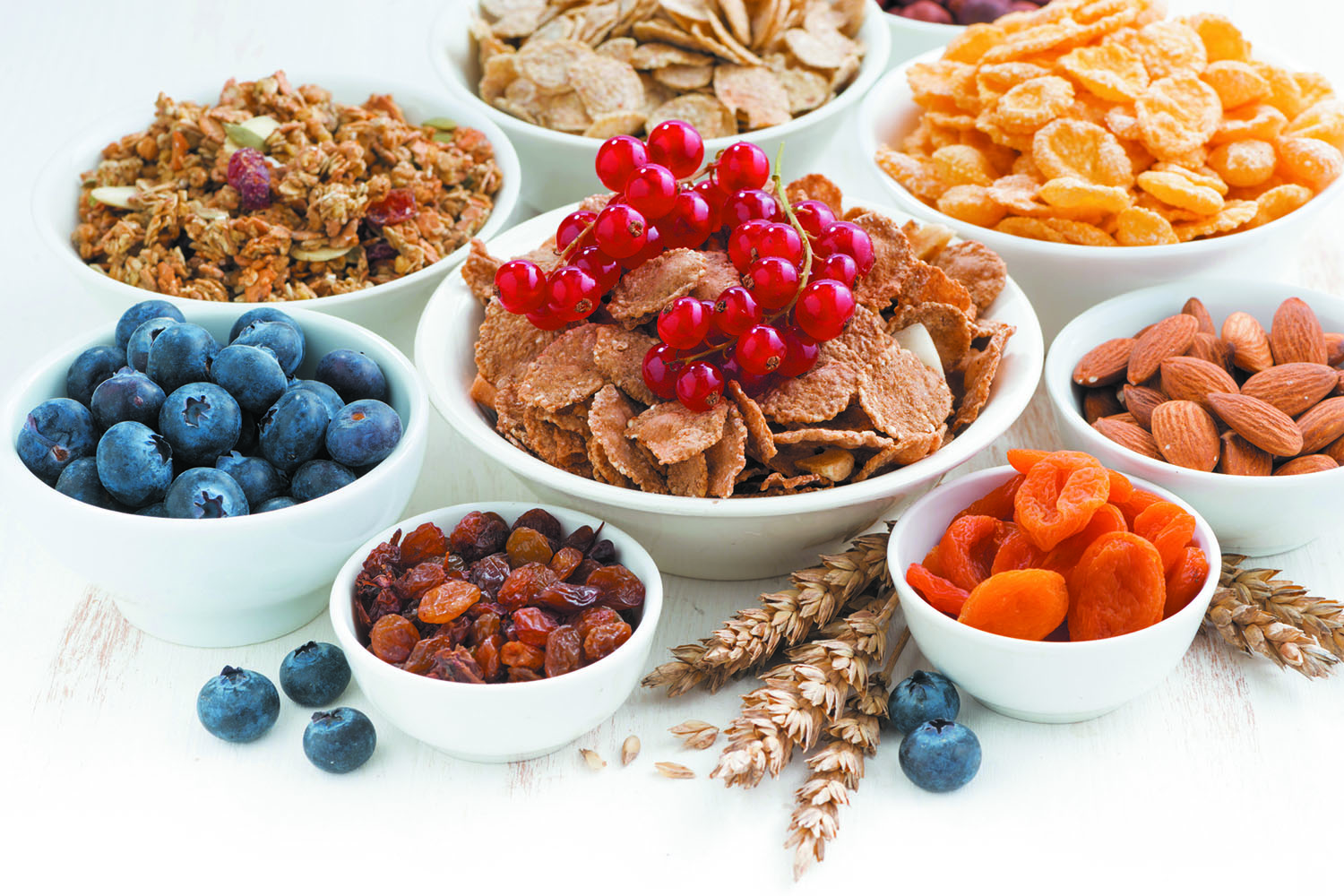In Better Kansas this week, we touch on fruit consumption, supporting healthy choices in communities, the possibility of spring wheat in Kansas, monitoring meat demand and the Bluestem Pasture Survey. It’s a small glimpse of what K-State Research and Extension across the state has to offer. Share on social media and subscribe! – Mary Lou Peter mlpeter@ksu.edu
Better Living, Better Communities
THE PROSPECT OF BEING IN THE DEEP FREEZE FOR WEEKS often has me craving fruit this time of year. Citrus, particularly, evokes thoughts of a lovely summer day. But many fruits are out of season right now, so those berries, kiwis and apples can be expensive. Check out the short publication Fruit: Spend Smart. Eat Smart for ideas on how to enjoy fruits this time of year and still stay within your grocery budget. Don’t oranges sound good right now?
K-STATE RESEARCH AND EXTENSION has always worked to keep Kansans healthy and in recent years sharpened its focus on helping the state’s communities thrive – community vitality, we call it. Policy, systems and environmental change, or PSE, is a new way of thinking about how to improve health in a community. The idea is that the environments in which we live, learn, work and play must make healthy choices easy, accessible, safe and affordable. For example, if a community wants to encourage physical activity, it might host a community bike ride, work to ensure roads are safe for walking, bicycling and driving, enhance parks and make sure community buildings have accessible stairs as well as elevators. Take a look at Policy, Systems, and Environmental Change to learn more. It’s hard to take walks or teach a child to ride a bike without a safe place to do so.
Better Farming, Ranching and Gardening
TYPICALLY, WHEN WE THINK OF KANSAS WHEAT, we’re thinking of hard red winter wheat, planted in the fall and harvested in early summer. But spring wheat, traditionally grown in North Dakota, South Dakota, Minnesota and Montana, may also be an option for growers in northwest Kansas. Spring wheat is usually planted in early spring and harvested in late summer. It is valued for protein content and milling and baking purposes, so agronomy researchers in Colby have been taking a look. Check the article, Is spring wheat a viable option for Northwest Kansas?, in a recent Agronomy eUpdate newsletter. Other eUpdate topics include topdressing wheat with nitrogen, topdressing canola, kochia control, Palmer amaranth control, Cattle Comfort Tool, ag climate update, Great Plains Cotton Conference (more on this next week), soybean cyst nematode webinar and Crop Talk webinars for northwest and north central Kansas. A lot of good topics! Check it out.
IF YOU RAISE LIVESTOCK, PROCESS OR MARKET MEAT or even meat alternatives, the Meat Demand Monitor will speak your language. It’s a monthly look at average prices people are willing to pay on such items as ribeye steak, ground beef, pork chops, bacon, plant-based patties and even shrimp. The averages are calculated from more than 2,000 respondents and include retail and foodservice categories. Maybe it’s just me, but even as a curious consumer, I find this interesting.
CATTLE PRODUCERS AND LANDOWNERS, PLEASE CONSIDER TAKING THE BLUESTEM PASTURE SURVEY ahead of the March 31, 2021 deadline. It’s a way for K-State’s Land Use Survey Center to collect information on native tallgrass use and practices. The survey is voluntary and anonymous and asks about pasture availability, leasing rates, and fencing rates. It should take less than 15 minutes to complete. Why participate? The responses are important to providing reliable, accurate information to Kansas ranchers and the agricultural community as a whole.
_
For more resources and activities, contact the K-State Research and Extension office in your area. Check out our other blogs and subscribe to our weekly emails here: https://www.ksre.k-state.edu/news/blogs/
by Mary Lou Peter on February 11, 2021





